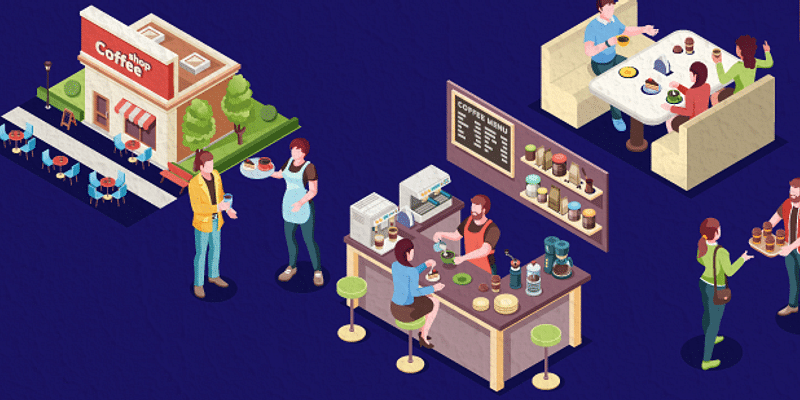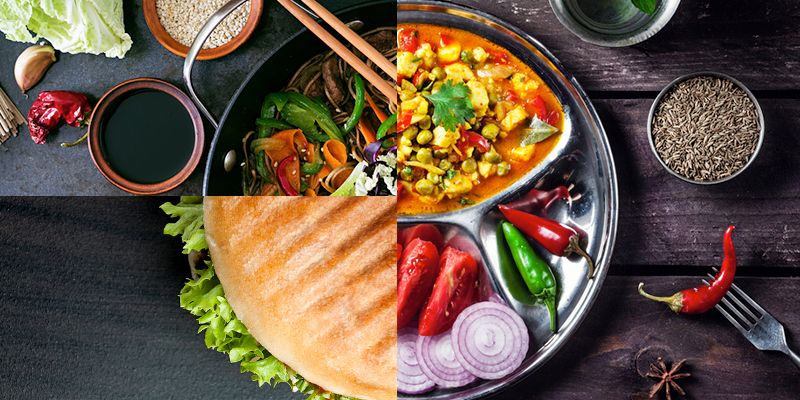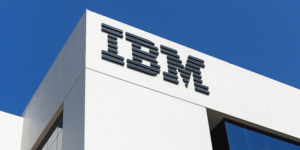
The food and beverage landscape has undergone a digital transformation in recent years. From the rise of aggregators to open networks and white-label restaurant tech, technology is reshaping how consumers discover and order food.
Let us analyse the major technological forces changing food delivery and how restaurants can adapt.
Double-edged sword of food aggregators
Food delivery aggregators like and have leveraged technology to provide unprecedented convenience for consumers. Their slick apps and logistics networks have made restaurant discovery and ordering amazingly simple. With expansive restaurant choices and seamless delivery tracking, aggregators have tapped into consumers’ desire for effortless, on-demand food access.
However, this aggregator-enabled convenience has come at a cost for restaurants. Aggregators typically charge 20-30% commissions on orders, which can drastically squeeze restaurants’ profit margins. They also own the customer relationship, limiting restaurants’ access to order data and ability to build brand loyalty. As intermediaries, aggregators control communication with customers and can even use restaurants’ brand assets without consent.
By solving major consumer pain points, aggregators have become invaluable discovery and delivery channels. Their technology-enabled services will continue playing a major role in the industry. However, their tech-middleman model has proven challenging for restaurants. To thrive in the digital age, restaurants need greater technology control and ownership of their ordering channels.
The exciting potential of ONDC
To counter the dominance of intermediaries like aggregators, DPIIT (Department for Promotion of Industry and Internal Trade) launched the . This open protocol aims to democratise ecommerce by enabling buyers and sellers to connect directly. Rather than going through centralised intermediaries, transactions can be handled peer-to-peer on an open network.
For restaurants, ONDC provides an opportunity to reach customers more directly while avoiding high commissions. Service providers compatible with the ONDC network allow restaurants to easily integrate with ONDC and manage orders as well as logistics themselves. Payments also occur directly between customers and restaurants.
As an interoperable open network, ONDC holds exciting potential to shift power back towards restaurants. However, change will take time as ONDC builds scale. Platforms like Swiggy and Zomato are deeply entrenched. However, ONDC is a positive step toward a more open, restaurant-friendly commerce ecosystem.

.thumbnailWrapper{
width:6.62rem !important;
}
.alsoReadTitleImage{
min-width: 81px !important;
min-height: 81px !important;
}
.alsoReadMainTitleText{
font-size: 14px !important;
line-height: 20px !important;
}
.alsoReadHeadText{
font-size: 24px !important;
line-height: 20px !important;
}
}

White-label restaurant tech
To truly control their digital destiny, restaurants need tailored, white-label technology solutions. These solutions encompass various features essential for managing direct ordering channels effectively, such as:
- Branded mobile apps for superior customer experience
- Integrations with POS systems for unified online/offline order management
- Websites optimised for online ordering and SEO
- Marketing automation to drive repeat purchases
- Customer analytics to inform promotions and engagement
- Seamless self-delivery and 3PL integrations for last-mile delivery
With their apps and tech stack, restaurants can consistently deliver branded experiences while owning customer relationships. ROI is significantly higher on direct orders compared to aggregators given the lack of commissions.
White-label solutions serve as the technical backbone for restaurants to thrive in the online realm. As consumer behaviour continues to evolve towards digital platforms, restaurants must adapt accordingly. The future belongs to restaurant brands that strategically leverage white-label solutions to keep pace with the digital landscape’s rapid changes.
The way forward
Food delivery is being fundamentally reshaped by technology. While aggregators will continue playing a major role, their stranglehold is weakening with open networks like ONDC emerging. For sustainable growth, restaurants must become savvy technology companies themselves.
The future belongs to restaurant brands that thoughtfully leverage solutions like branded apps, integrated POS systems, and marketing automation. With tailored tech stacks, restaurants can optimise customer experience and profitability. They can continually engage customers 1:1 while avoiding the pitfalls of intermediaries. The future looks bright for forward-thinking restaurants that wisely harness technology to connect with customers and strengthen their brands.
(Sameer Sharma is Founder of uEngage, an enterprise technology startup providing online ordering solutions.)
Edited by Kanishk Singh
(Disclaimer: The views and opinions expressed in this article are those of the author and do not necessarily reflect the views of YourStory.)









![Read more about the article [Weekly funding roundup] June begins on a positive note with unicorns leading the way](https://blog.digitalsevaa.com/wp-content/uploads/2021/05/Weeklyimage-1577460362436-300x150.png)
